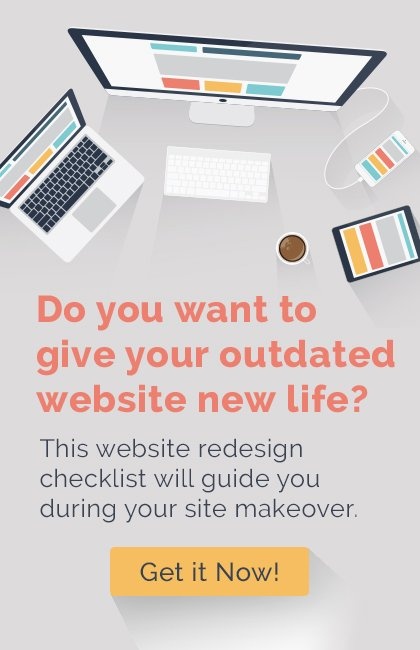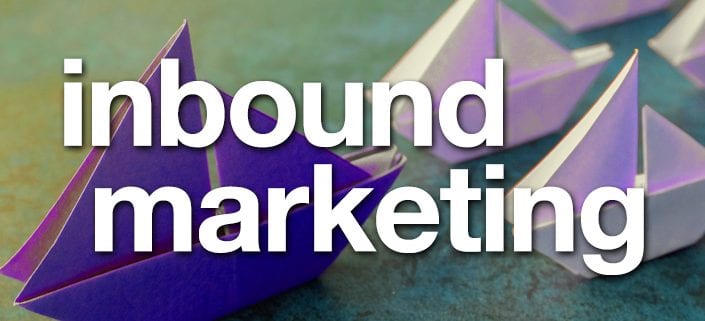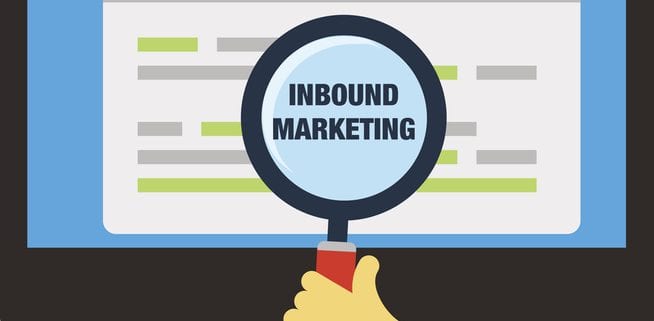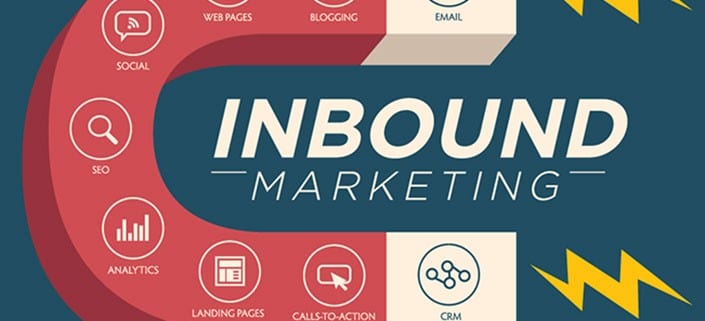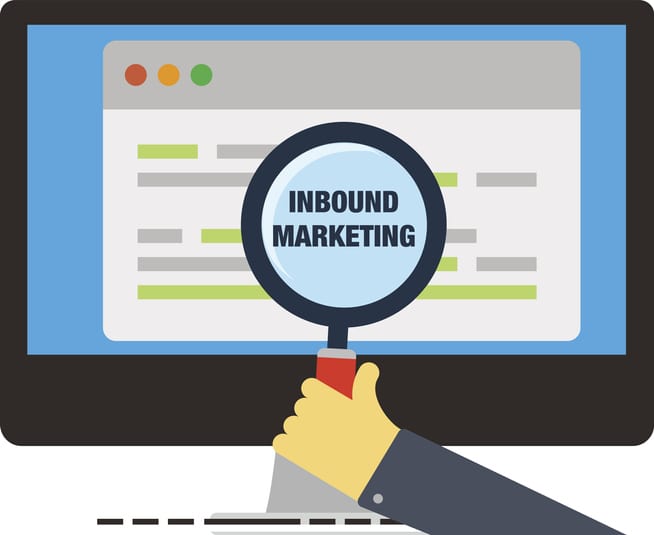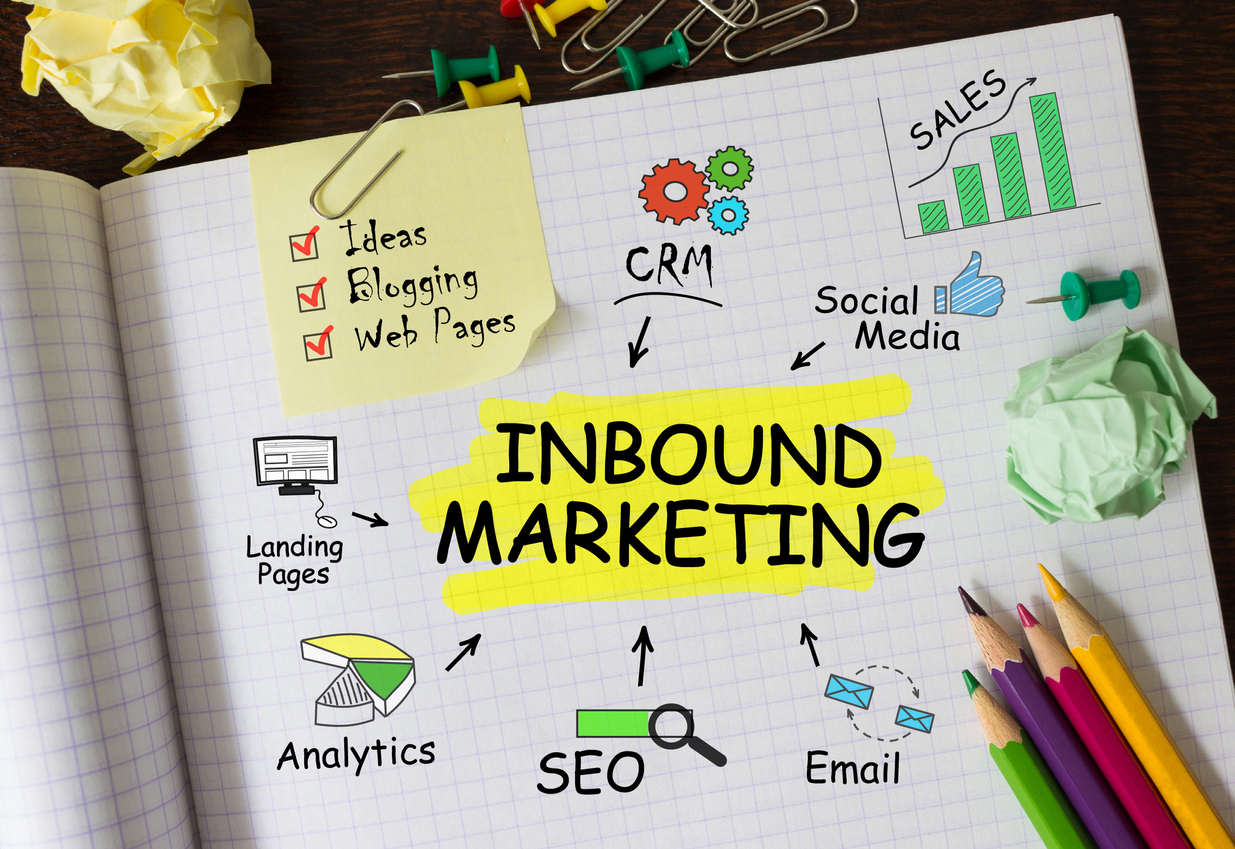There are hundreds of tactics you can use to advertise your business, whether you’re using inbound or outbound marketing. As a result, it can take a long time and a lot of effort to create and execute a successful marketing strategy — especially if you want long-term results. It’s why many companies will work with a marketing agency instead of trying to do it themselves.
However, you’ll find that most marketing agencies focus on specific types of advertising. For example, some agencies focus on direct marketing, while others focus on building websites. If you want to work with a single agency that can handle all of your marketing needs, then you should consider working with an integrated marketing agency.
What is Integrated Marketing?

Integrated marketing is the practice of making sure all of your marketing efforts are aligned to deliver the same core message. It’s an overarching strategy that uses various channels to reach people at every stage of the buyer’s journey. Integrated marketing allows businesses to deliver a consistent message across different mediums, including print and digital media.
For example, a company might use a TV commercial to draw attention to its new website. For this to work, the message conveyed on the TV ad must be consistent with the messaging on the website. If the tagline or logo on the commercial is even slightly different than what’s on your website, it will confuse people.
What is an Integrated Marketing Agency?
Integrated marketing agencies use a holistic approach to marketing. They can address all the advertising needs that a company might have. Basically, it means that they can do everything you need as far as marketing goes so that you don’t have to hire multiple agencies. For example, they can help:
- Build your brand and design branding elements.
- Develop a traditional outbound marketing strategy.
- Develop an inbound marketing strategy.
- Create your inbound and outbound marketing materials (from print ads to your website)
- Develop a public relations (PR) strategy to engage with your target audience across many channels.
What are the Benefits of an Integrated Marketing Agency?

There are many benefits to working with an integrated marketing agency instead of an agency that has more specific focuses (such as an agency that only produces commercial videos). The following are a few of the primary benefits of using an integrated marketing agency:
1. A more cost-effective marketing solution
Hiring multiple agencies to address different parts of your marketing strategy can be expensive. An integrated marketing agency can take care of all your marketing needs, making it a more cost-effective option.
2. A more cohesive long-term marketing plan
Because an integrated marketing agency is experienced in every facet of marketing, they can audit your existing strategy. Additionally, they will consider your company’s needs and audience to develop a more unified long-term marketing strategy.
3. More personalized services
Most agencies use a general blueprint to implement their solutions. As such, their marketing efforts follow a guideline or template for every one of their clients. Integrated marketing agencies customize their marketing solutions to the specific needs of the clients they’re working with. Futhermore they will take a unified approach that will result in a comprehensive and unique marketing strategy.
4. Branding consistency across all channels
If you lack branding consistency (for example, if your messaging and tone is different from one channel to the next), it will hurt your brand identity. Consequently, people will get confused about who you are and what you offer.
An integrated marketing agency can help develop a unique branding strategy so that your business will have a consistent message across all channels. By using integrated marketing, you’ll ensure that your brand identity remains consistent.
5. A better understanding of the buyer’s journey
Integrated marketing agencies are experienced with both traditional and digital marketing. As a result, they have a greater understanding of the buyer’s journey and how to reach customers at every stage of their journey.
6. More effective cross-channel marketing campaigns
Marketing campaigns that function separately won’t be nearly as effective as if they were designed to work together. Integrated marketing agencies are more capable of creating cross-channel marketing campaigns designed to achieve a shared goal.
Our Integrated Marketing Solutions
Here at Stevens & Tate, we offer integrated marketing solutions tailor-made to your company’s needs. Not only do we take into account your business and your customers, but we also take into account your budget. With that in mind, the following are some of the integrated marketing solutions that we offer:
We can help develop your brand and brand story by identifying competitive advantages and mission statement. We can also create a slogan and tagline, identify your value propositions, and develop your message and story.
We develop a comprehensive marketing strategy by implementing a meticulous process. This process includes a thorough consultation, SWOT analysis, budget evaluation, marketing plan development and execution, communications strategy, and messaging approach.
We perform thorough market research to help build your marketing strategy. This research includes competitive market analysis, brand audits, target audience segmentation, website analytics, customer experience research, and more.
We can develop comprehensive social media and SEO strategies to increase brand awareness and authority. We use various tactics, including blogging, content creation, social media campaigns, PPC ads, engagement strategies, and organic search marketing.
We offer a wide variety of reputation management services integrated with your overall marketing strategy. These services include press release writing, product launch advertising, online syndication, and marketing promotions. We can also improve your reputation via thought leadership, content marketing, media relations, and more.
We develop various strategies to help improve your customer experience. We can help with package design, brand development, contests, promotions, pricing structures, and more.
-
Digital marketing tactics:
We can plan and execute digital marketing efforts as part of your ongoing marketing strategy. These efforts may include SEO, video production, PPC advertising, social media advertising, mobile and web app implementation, content creation, and more.
In addition to digital marketing, we can also help develop a traditional advertising campaign integrated with the rest of your marketing efforts. Some of the traditional advertising services we offer include print ad design, radio scripts and audio production, photography, logo development, video production, sales brochures, and more.
Improve Your Long-Term Marketing Using Integrated Marketing Solutions
To create an effective cross-channel marketing campaign, you need integrated marketing solutions. Moreover, integrated marketing is the best way to strengthen your brand, grow your business, and establish yourself as a thought leader in your industry over the long term.
Find out more about the integrated marketing solutions we offer by contacting us to request a free marketing consultation at Stevens & Tate today.









